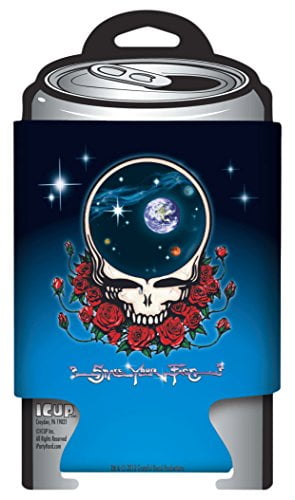
It is so close to its parent star that it experiences a consistent, torrential blast of energy, which evaporates its hydrogen atmosphere – causing it to puff off the planet. Risinger ()Ī young planet whirling around a petulant red dwarf star is changing in unpredictable ways orbit-by-orbit. Christensen)Ĭredit on screen with : ESO/L. Bacon (STScI)Įvaporating extrasolar planet, from Video (artist's impression)Ĭredit: ESA, Alfred Vidal-Madjar (Institut d'Astrophysique de Paris, CNRS, France) and NASA.Ĭredit: ESA/Hubble (M. Ring of rocky debris around a white dwarf star (artist’s impression)Ĭredit: NASA, ESA, STScI, and G.

“Through a Computer Screen” by Raphael Olivier via KTSA Publishing and Universal Production Music The findings help describe the violent nature of evolved planetary systems and can tell astronomers about the makeup of newly forming systems.

This is the first time astronomers have observed a white dwarf star that is consuming both rocky-metallic and icy material, the ingredients of planets.Īrchival data from NASA’s Hubble Space Telescope and other NASA observatories were essential in diagnosing this case of cosmic cannibalism.

A star’s death throes have so violently disrupted its planetary system that the dead star left behind, called a white dwarf, is siphoning off debris from both the system’s inner and outer reaches.


 0 kommentar(er)
0 kommentar(er)
